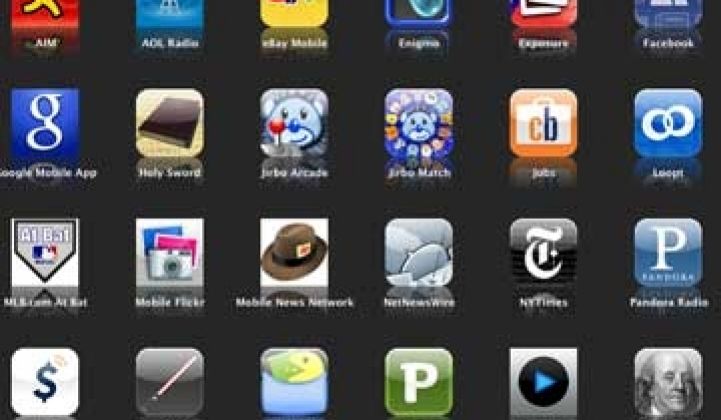Having an app for that is not the solution. Sure, every company with a home energy management solution has an iPhone application ready to go, but that's not going to get the job done for the mass market, according to a panel on engaging the consumer that took place at the GridWise Alliance on Wednesday.
Instead, it's going to be a multi-channel solution paired with differentiated products and services that is going to compel customers, from residential to business consumers, to care about and alter their energy use. "You're awakening the customers here," said Greg Guthridge, a Managing Partner with Accenture.
An overwhelming assumption is that the average consumer, whether they're using energy at home or at work, wants to be awakened. It's true that everyone likes saving money, but the average savings that Larsh Johnson, Founder, Director, and Chief Technology Officer for eMeter, saw in that company's recent PowerCents DC program, was about $4 a month for a residential customer. And yes, there are some people who want to be more "green," but a recent study from Columbia Earth Institute showed that people have absolutely no clue how to go about saving energy, and as a result, most of their actions are not geared toward long-term, sustainable actions to lower their energy footprint.
However, while the savings for individual customers are often minimal, the aggregate savings for the utility are huge. So how do you get the people to care even if you can't offer them that much in terms of savings? It could be all about clarity and control.
First of all, bill complexity is a big complaint. During a lunch address yesterday, Jon Wellinghoff, Chairman of the Federal Energy Regulatory Commission, said that he had recently gotten a bill that reflected eight months' worth of estimated billing; he had to endure many lengthy phone calls to his local utility to try to figure out what had happened. The situation is not fully resolved. So, energy savings programs aside, if the chairman of FERC can't get straight talk from a utility about his bill, what about the rest of us?
Enter third-party players. Ted Craver, President, Chairman, and CEO of Edison International, admitted that the utility's current customer engagement process is less than ideal. "It's one-way, it's slow and it's one-size-fits-all," he said.
The answer is partnerships. Both Guthridge and Johnson said that partnerships, where consumer-oriented companies can provide tailored solutions and customer support, will be key.
The conversation also has to be had in terms that consumers can understand. Forget about delivery charges and transmission charges; bills should be in a language that customers can interpret intuitively. OPower and eMeter, which were both represented on the panel, have found that the message needs not only to be simple, but also to be delivered in low-tech ways that people can understand (think snail mailings and fridge magnets), and not just websites and energy portals. The best way to make customers change is to give them options. "I don't think consumers want to be a part of [smart grid]," said Fiona Sim, Director of the Intel Open Energy Initiative for Intel Corp. "Consumers want to choose."
The second half of the equation is regulation. "The biggest barrier is regulatory constraints," according to Guthridge. Carver echoed that sentiment. The regulatory hurdles were seen by the panel as an impediment to allowing utilities to transform. In a conversation before the panel, Guthridge said that there were very early rumblings of some changes to the regulatory bodies in certain states that could someday provide the option for utilities to offer differentiated services to their customers.
However, waiting for regulatory change is simply not an option for most utilities. "I think this is all wonderful stuff," said Johnson. "Now we all need to find out is how to crank up the level."



